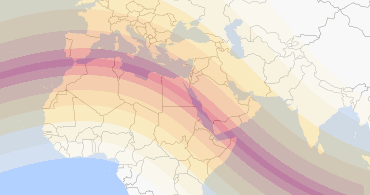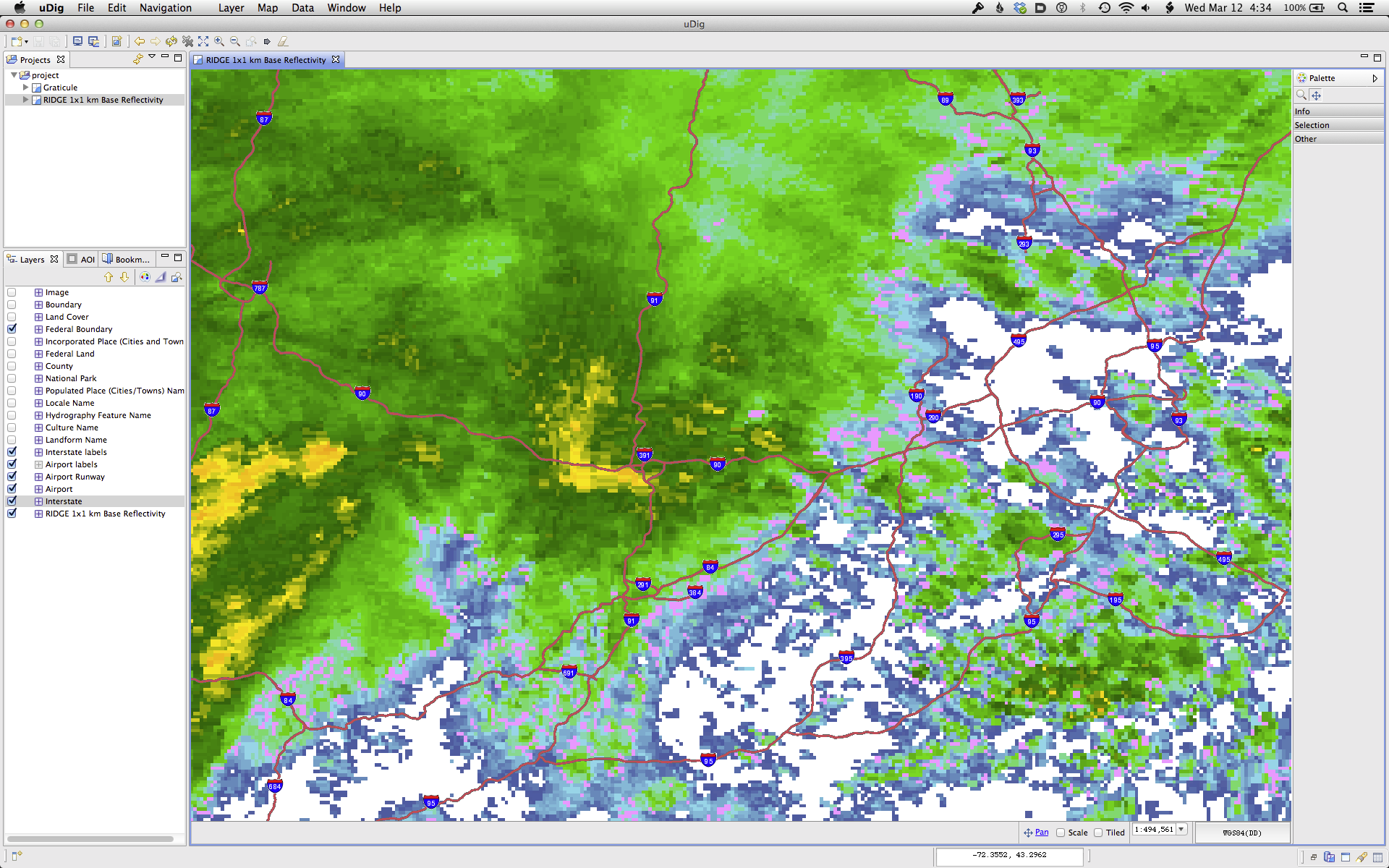
/cdn.vox-cdn.com/uploads/chorus_asset/file/8884685/SEatlas2001.png)
- #Udig map eclipse how to
- #Udig map eclipse code
- #Udig map eclipse iso

The Envelope interface stores a CRS and a range of valid values for each axis mentioned by the CRS.
#Udig map eclipse iso
Envelope - this is a GeoAPI interface defined according to the the ISO 19107 Geometry specification In short there is one interface that represents an "Rectangle" well: Is it possible to have a single interface?

Pick one? Could we refactor these 5 different classes into a singleĮnvelope2D class/interface?The answer is a bit of a pain but it does go a long way toward explaining what we are about with a spatial library, and why GeoTools may be considered difficult to learn. Single interface that I could reference in my code, or do I need to Is it possible these different envelope classes are represented by a I noticed in the GeoTools Javadoc (2.5 branch) the following 5 classes that could be used to represent an envelope: Envelope, Envelope2D, EnvelopeExample, .coordinate.EnvelopeImpl, .geometry.EnvelopeImpl
JTS Helper Class ( GeoTools User Guide). CRS Helper Class ( GeoTools User Guide). findMathTransform(example, wsg84, false ) ĭocumentation harmed in the making of this post: If you do have any trouble - set the lenient flag to false, the transform will no longer be as accurate (as WKT by itself does not have enough information to account for datum shifts etc.). Geometry targetGeometry = JTS.transform( sourceGeometry, transform ) You will find the official CoordinateReferenceSystem is much better at generating MathTransforms.ĬoordianteReferenceSystem wsg84 = CRS.decode( " EPSG:4326" ) #Udig map eclipse code
Look up the official definition for that IdentifierĬoordinateReferenceSystem crs = CRS.decode( code ).lookupIdentifier( example, true ) // should be " EPSG:4230 Find the Identifier for your CoordinateReferenceSystem."UNIT]" ĬoordianteReferenceSystem example = CRS. Construct a CoordinateReferenceSystem based on what you have.

#Udig map eclipse how to
Here is how to look up an "official" CoordinateReferenceSystem.
Often lacks some of the meta-data used when creating a good MathTransform. If we can figure out the code we can construct a WMS GetMap request (for a base map layer) that matches the shapefile. These codes are useful to know when working with data from a range of sources. How can you look up the "official" EPSG code for a CoordinateReferenceSystem? And why would you want to?Ī CoordinateReferenceSystem generated from "raw" WKT: 9 complexity | 1de2c1f085384414e9c413da0849b76a MD5 |ģ */ 4 package .ui. 5 6 import 7 8 import .IMap 9 import .ui.AdapterFactoryLabelProviderDecorator 10 import .ui.internal.Messages 11 import .ui.internal.ProjectExplorer 12 import .ui. 13 14 import .ImageDescriptor 15 import .CellEditor 16 import .ColumnViewerEditor 17 import .ColumnViewerEditorActivationStrategy 18 import .ColumnWeightData 19 import .IBaseLabelProvider 20 import .ICellEditorValidator 21 import .ICellModifier 22 import .ITableLabelProvider 23 import .LabelProvider 24 import .StructuredViewer 25 import .TableLayout 26 import .TableViewer 27 import .TableViewerEditor 28 import .TextCellEditor 29 import 30 import .Image 31 import .GridData 32 import .Button 33 import .Composite 34 import .Event 35 import .Listener 36 import .Table 37 import .TableColumn 38 import .Today's question comes for the uDig developers list this is a fairly classic problem - shapefile store their CoordinateReferneceSystem definition as a.


/cdn.vox-cdn.com/uploads/chorus_asset/file/8884685/SEatlas2001.png)





 0 kommentar(er)
0 kommentar(er)
